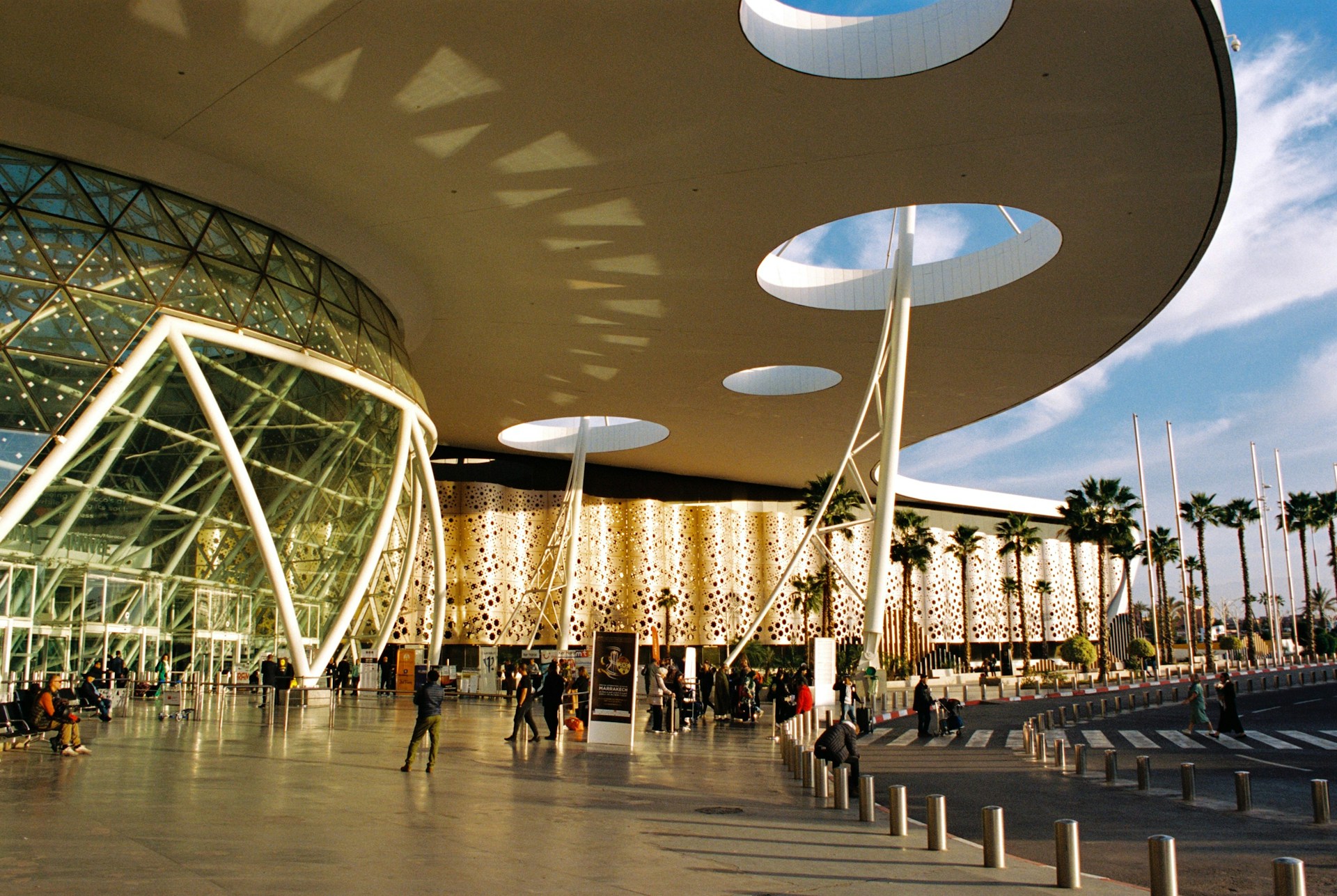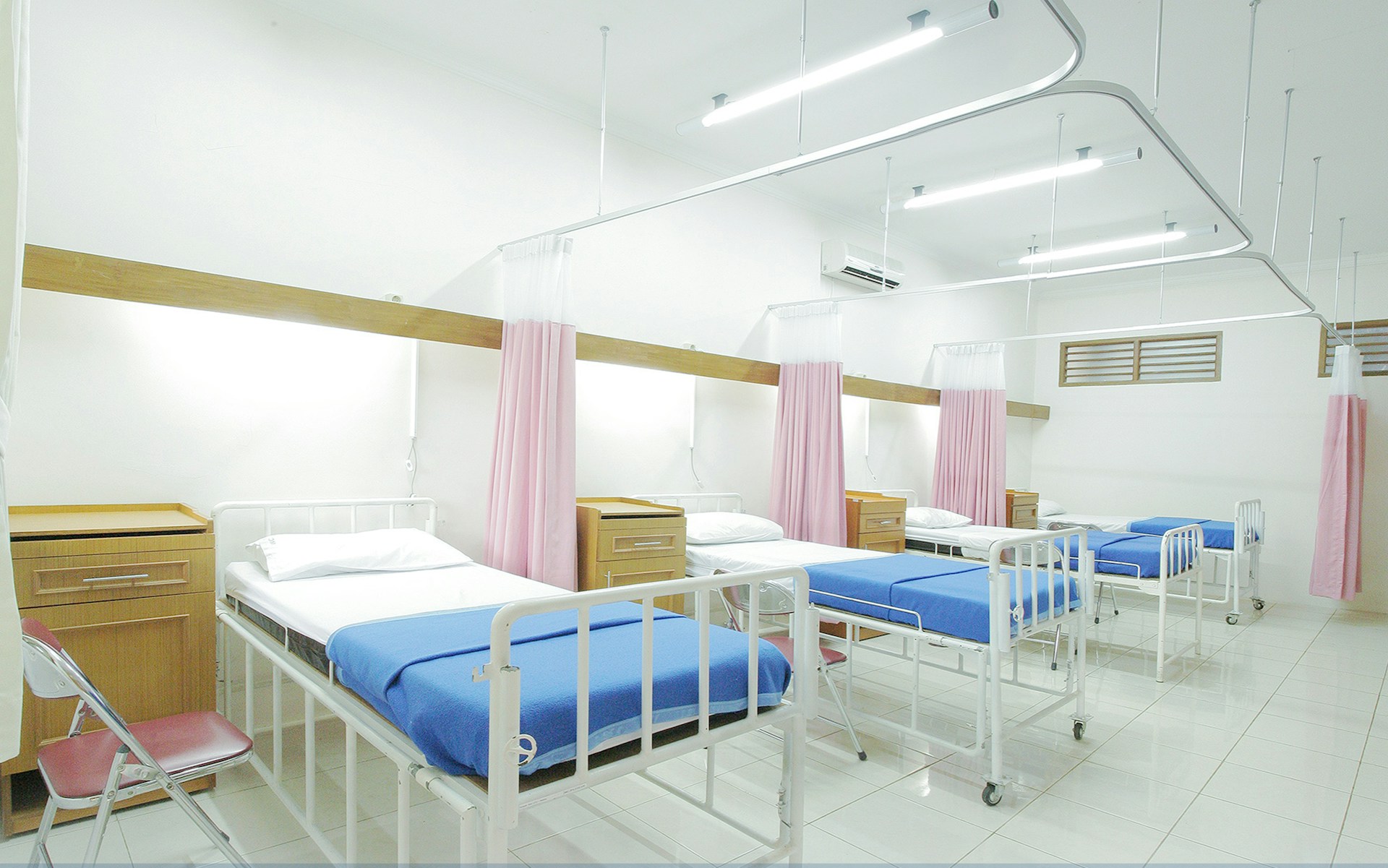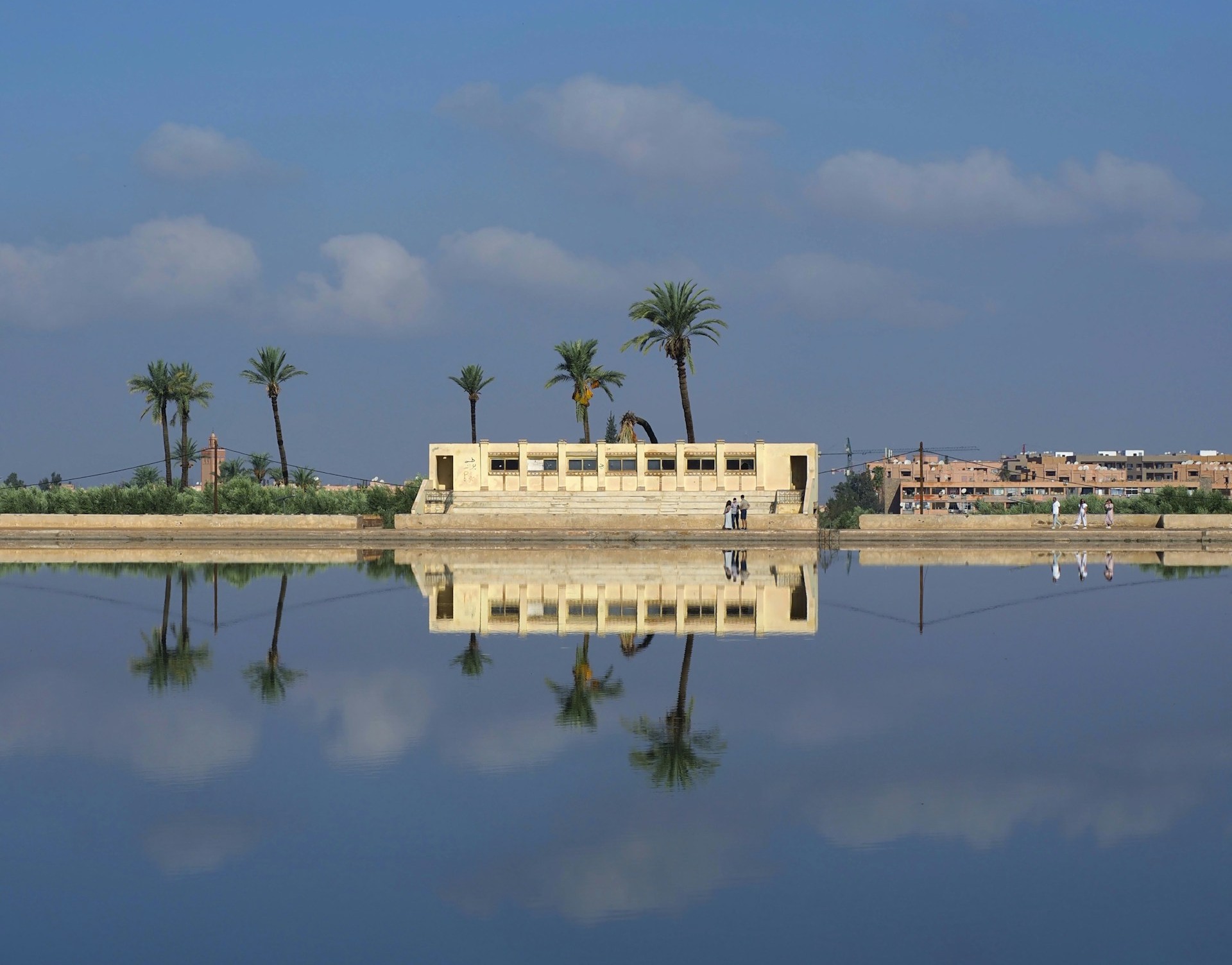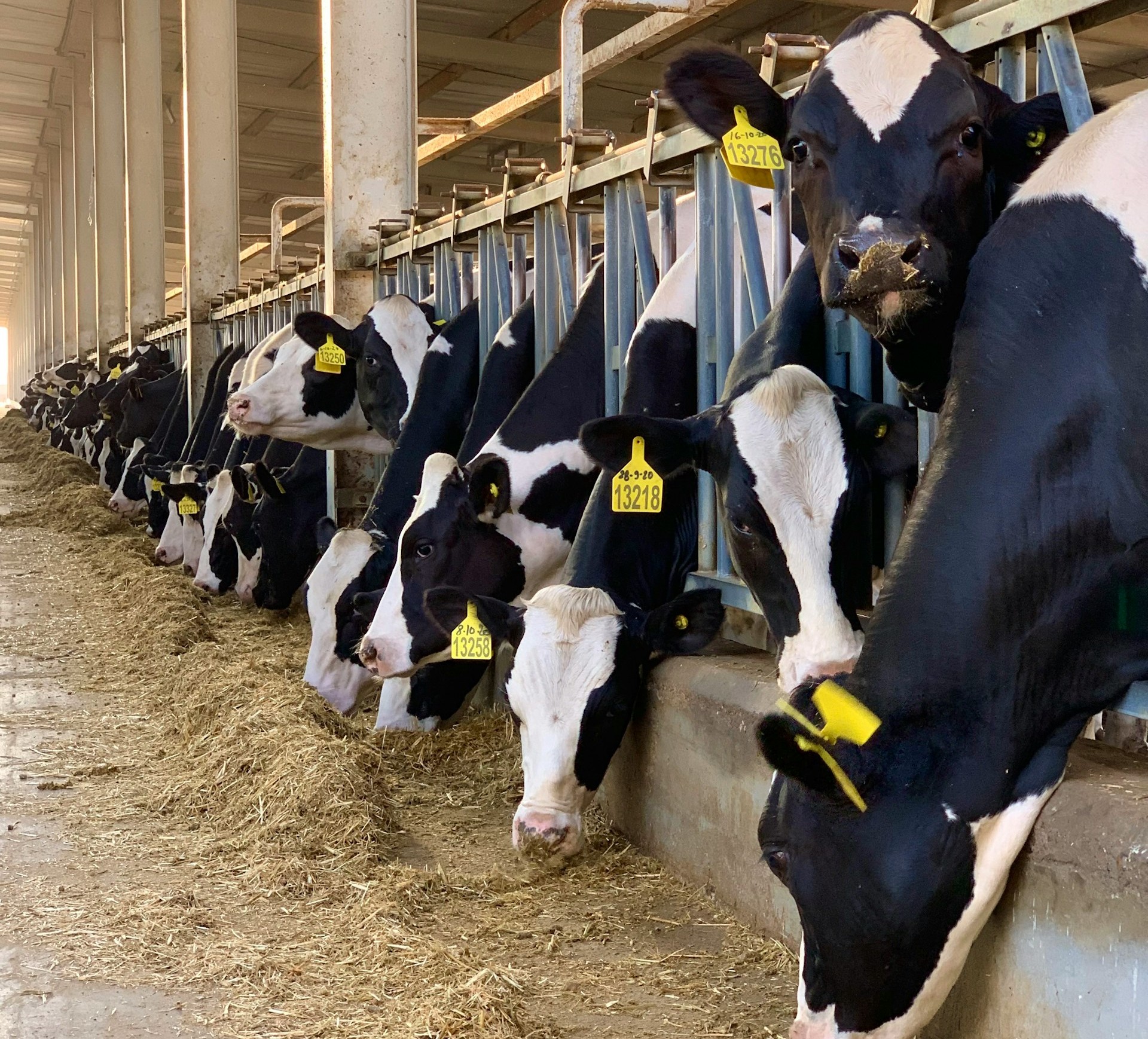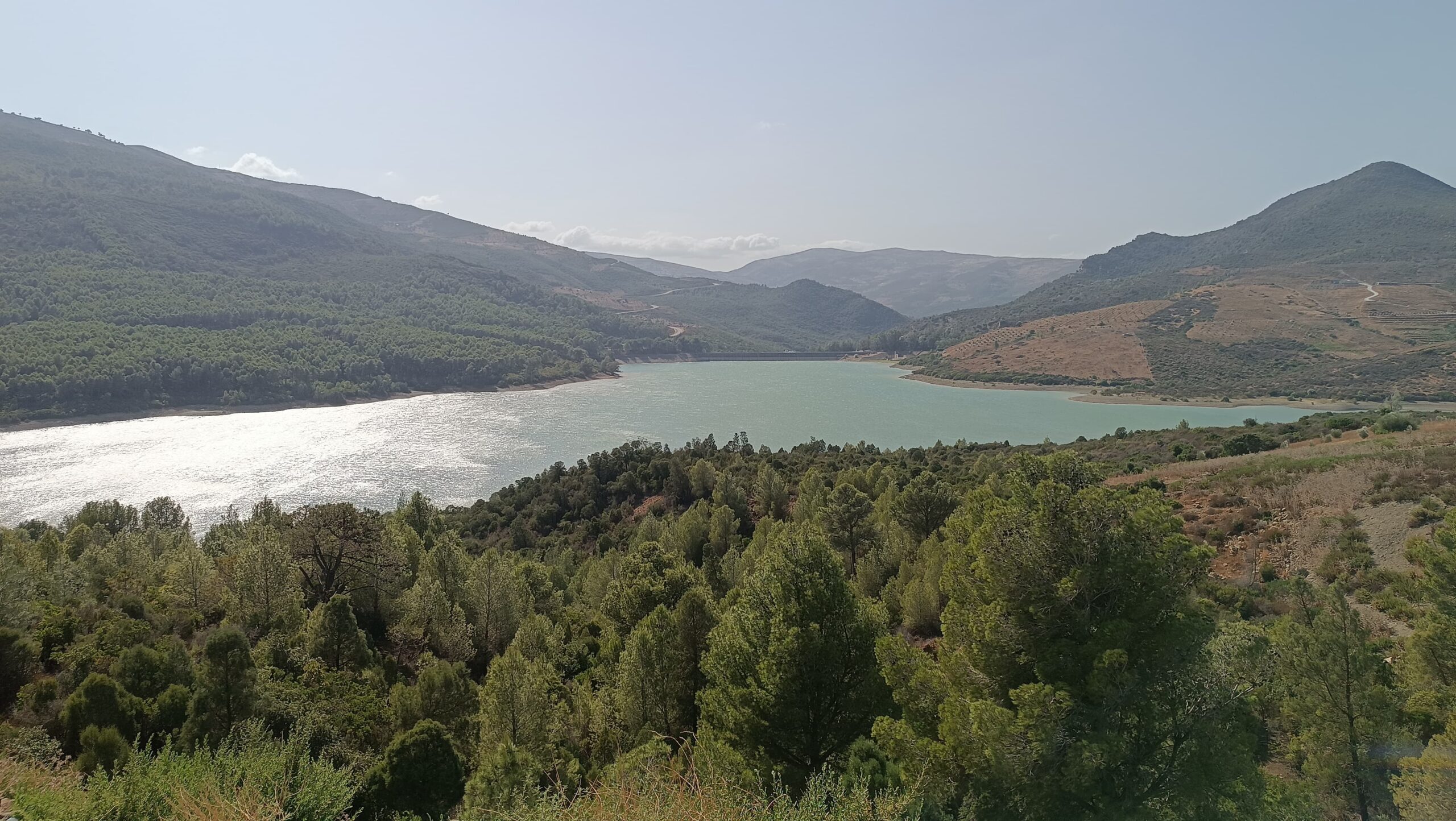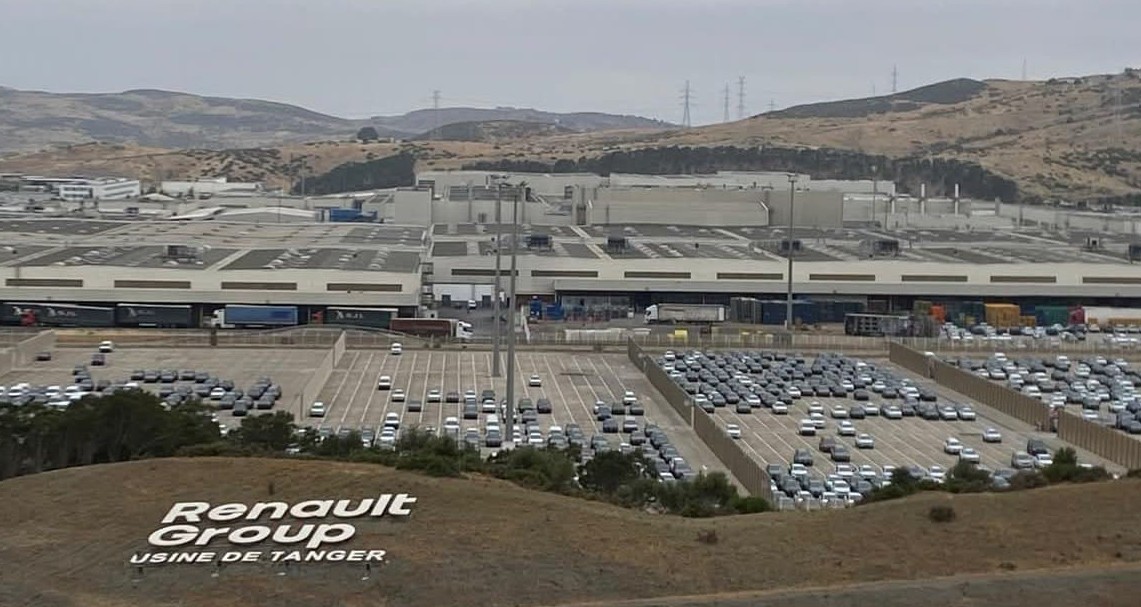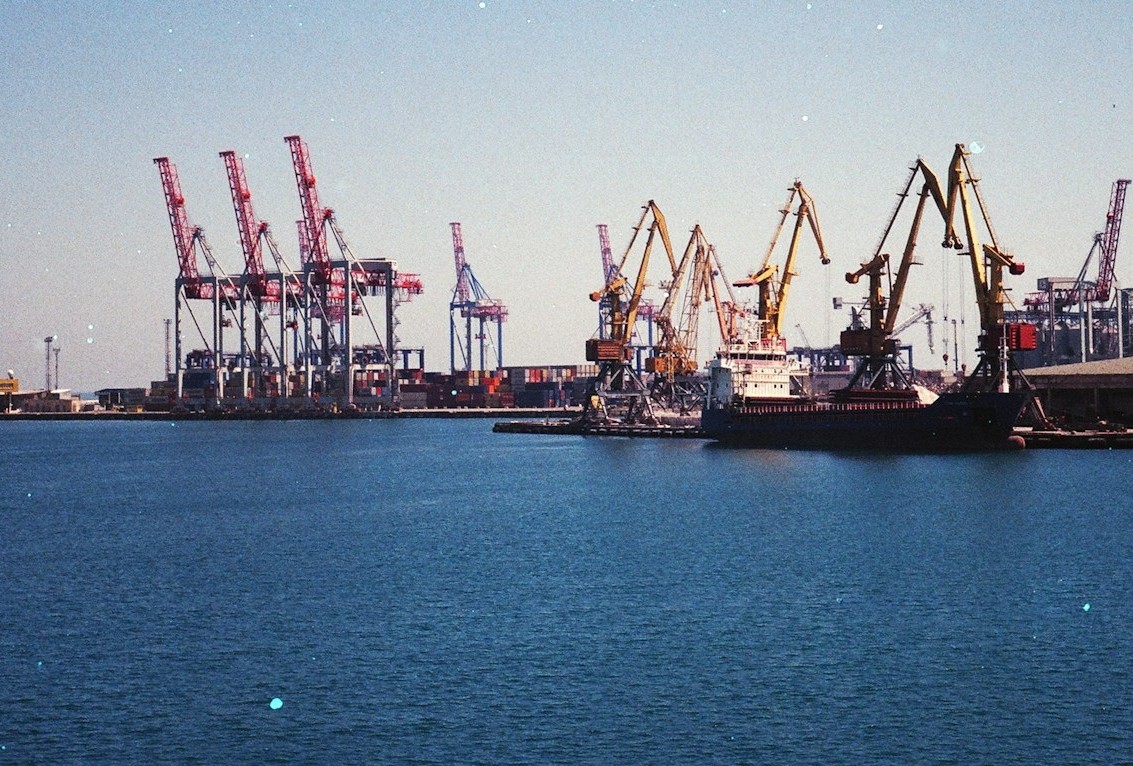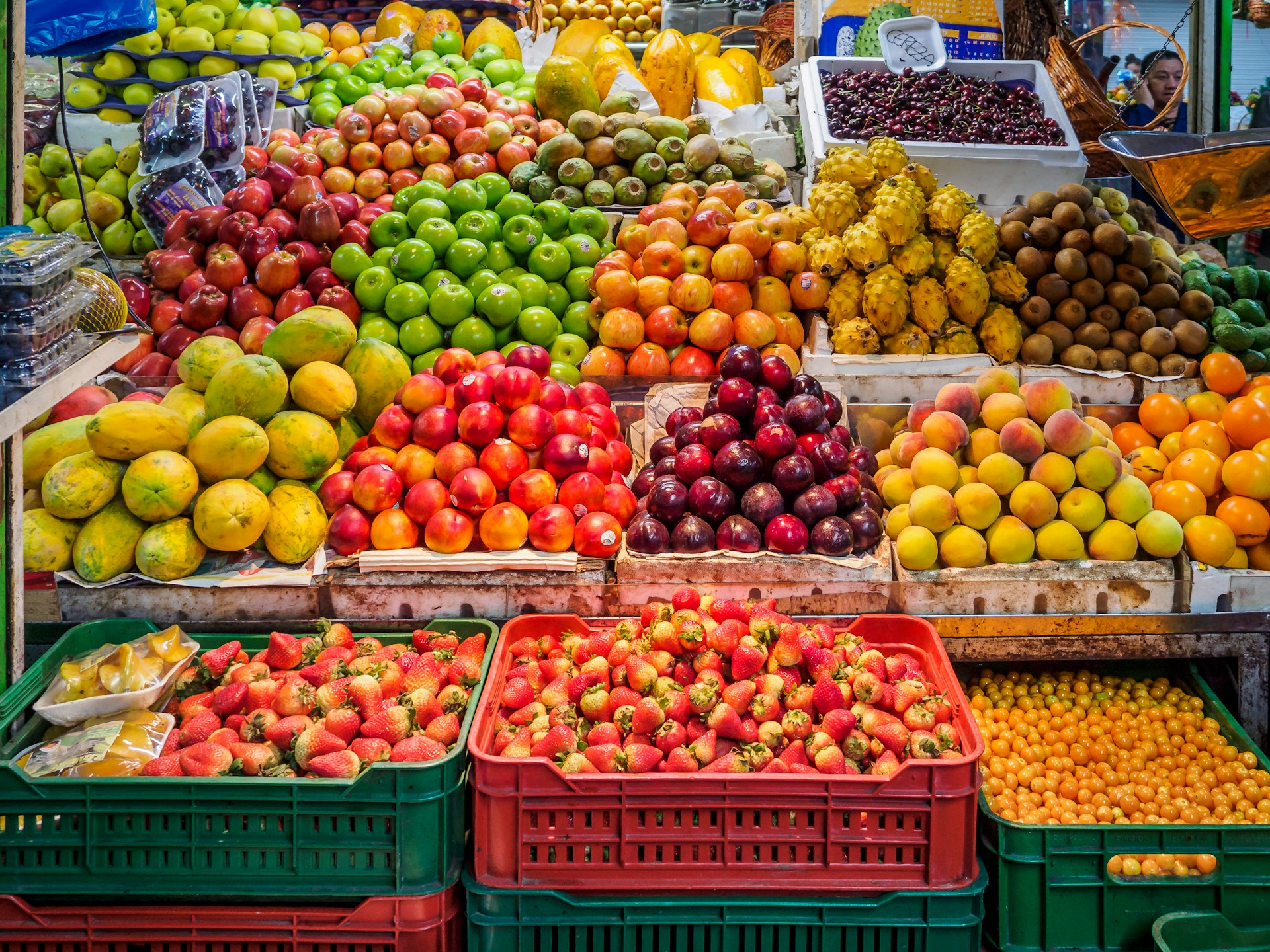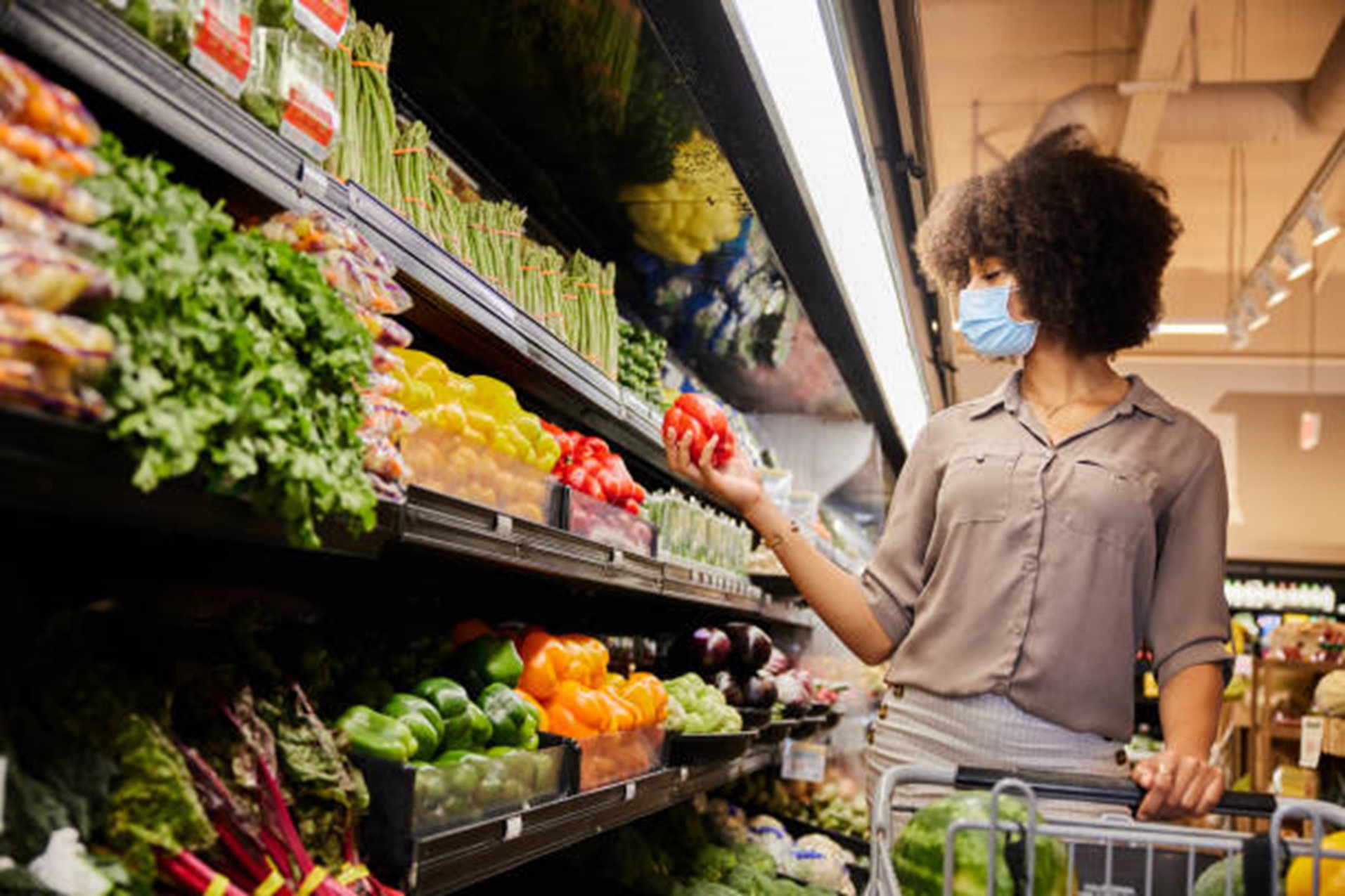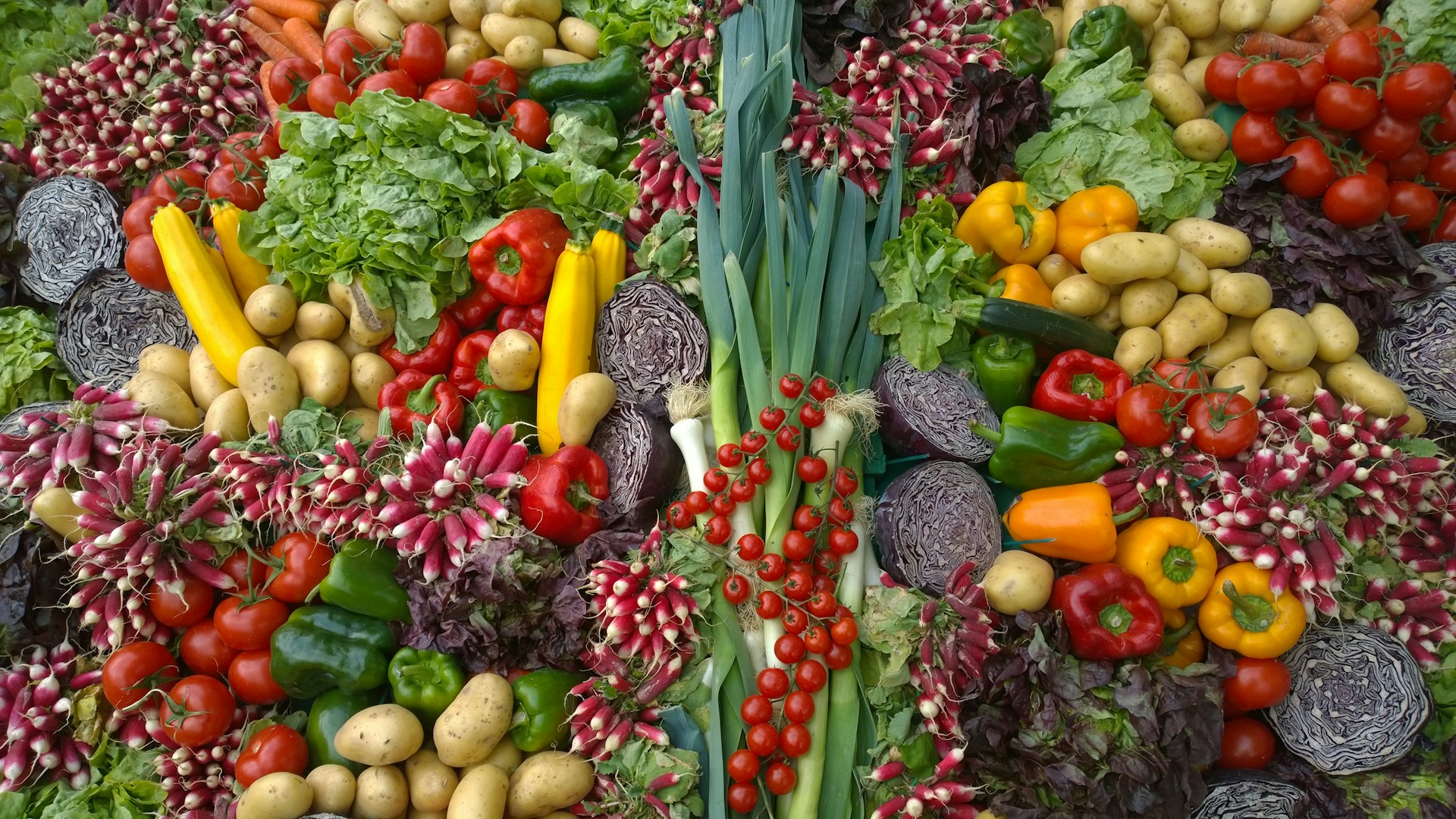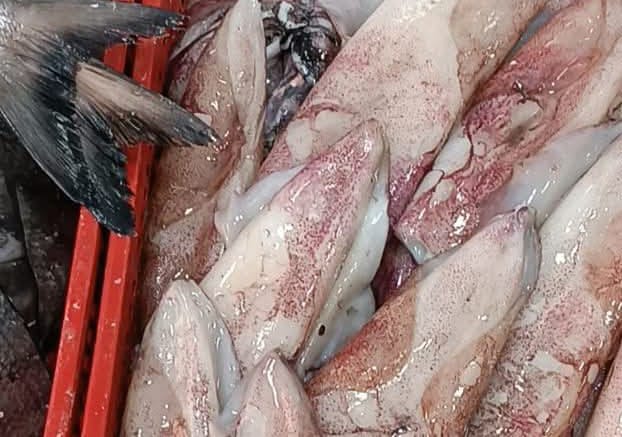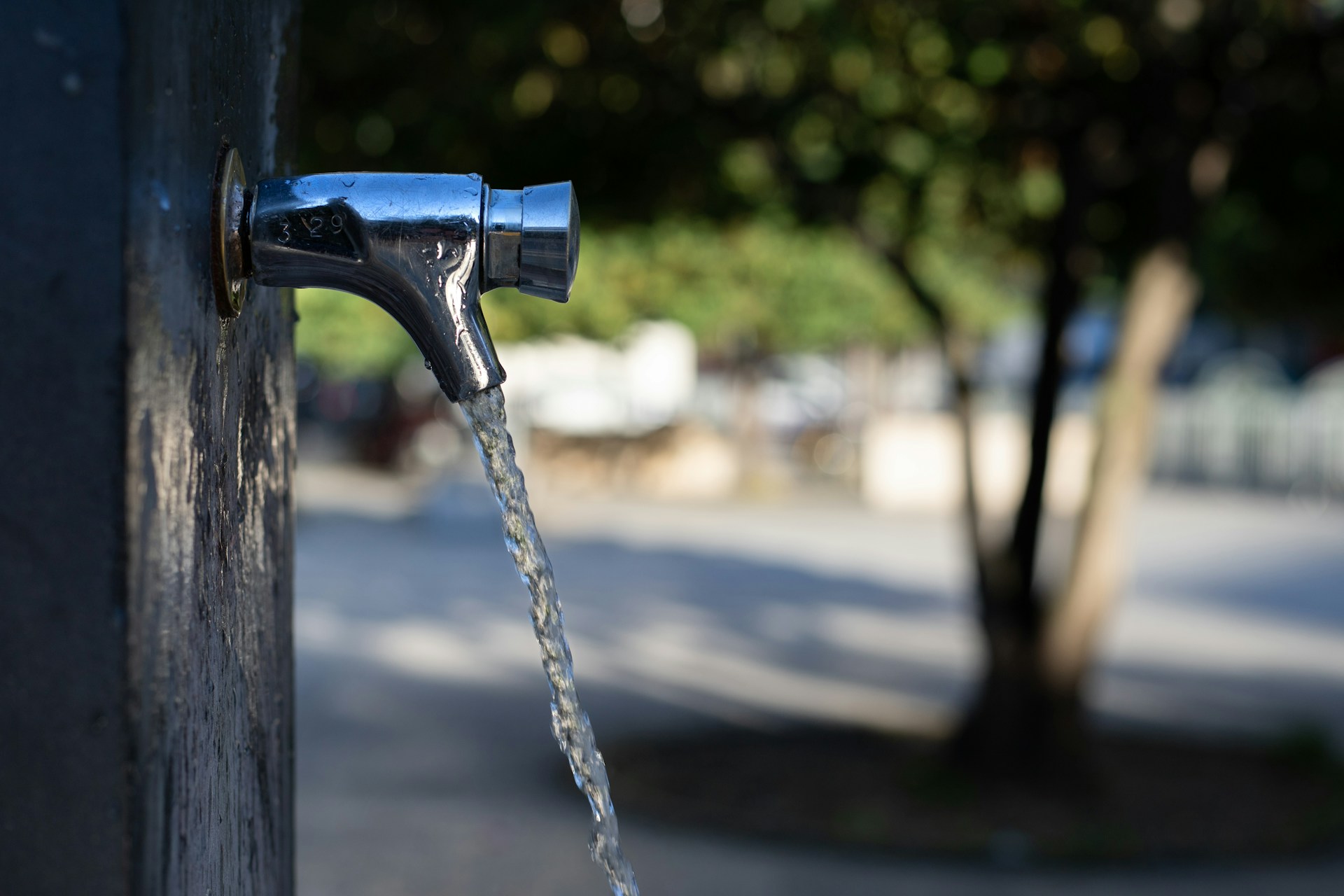Casablanca – Morocco’s dairy industry, once hailed as a pillar of the national agricultural economy, is facing mounting challenges that threaten its long-term stability and its capacity to meet domestic demand. After nearly two decades of continuous growth, recent data and expert assessments reveal signs of deepening strain caused by a combination of climate stress, economic pressures, and structural vulnerabilities within the sector.
A key rural employer and economic engine
The dairy sector is a cornerstone of rural life and agricultural output in Morocco. It directly supports more than 260,000 milk producers, most of whom are small-scale farmers with herds of fewer than 10 cows. The country’s dairy herd reached around 1.6 million head in 2023, supplying 1.96 billion liters of milk, a volume that meets 96% of national consumption needs.
The sector generates over 450,000 permanent jobs and contributes more than approximately $1.39 billion annually to the economy. Nearly half of this value is concentrated in rural areas, highlighting the sector’s vital role in sustaining local livelihoods and regional economies.
A reversal in production growth
Despite these strengths, milk production in Morocco has entered a worrying decline. According to the Competition Council, national production dropped by 23% between 2020 and 2023, falling from over 2.55 billion liters in 2019 to 1.96 billion liters in 2023. This reversal marks the end of a long phase of growth that had begun in the early 2000s.
The decline is largely attributed to repeated droughts, which have severely affected the availability and cost of animal feed—especially forage crops. Feed shortages have led many small farmers to reduce or abandon their herds, reducing the overall volume of milk reaching the market. At the same time, global inflation in feed and input prices has worsened cost burdens for dairy producers, who often lack the financial capacity to absorb price shocks.
Structural fragilities and market concentration
Beyond environmental and cost challenges, Morocco’s dairy industry faces significant structural imbalances. Although 82 milk processing plants are officially licensed, only 20 factories handle more than 95% of all processed milk. Even more concerning, three major companies—including Centrale Danone and Copag—control approximately 74% of the market across all dairy products.
This high degree of market concentration gives disproportionate pricing power to a few processors and distributors, often leaving smaller producers in a weak bargaining position. According to the Competition Council, 12 companies alone account for 86% of the sector’s total revenue.
The situation is further complicated by the dominance of traditional distribution networks, with 86% of dairy sales taking place through small local shops. There are an estimated 80,000 such retail points, which serve as the main access channel for consumers, especially in semi-urban and rural areas. While these shops play a critical role in distribution, their fragmented nature and limited storage infrastructure constrain market modernization.
Disparities in products and pricing
The structure of the market also affects how products are sold and priced. Pasteurized milk, for example, represents 74% of processed milk, but much of it is sold in semi-skimmed form, though often not labeled as such. This raises concerns over transparency in product labeling and nutritional quality. Meanwhile, the price difference between UHT (long-life) whole milk and semi-skimmed pasteurized milk has grown to nearly $0.3 per liter, putting added pressure on low-income households.
Moreover, Morocco only produces 30% of the butter it consumes, and while cheese consumption remains relatively stable at around 50,000 metric tons annually, the local industry faces competition from imports and price fluctuations in global dairy markets.
The need for reform and resilience
Industry observers and public institutions agree that Morocco’s dairy sector is in urgent need of reform and strategic support. The Competition Council has recommended actions to address market imbalances, reduce overreliance on traditional supply chains, and improve fairness in pricing and access for small producers.
At the same time, climate resilience must become a priority, with policies aimed at supporting drought-tolerant feed cultivation, promoting water-efficient practices, and expanding technical support for small farmers. Encouraging investment in cooperative models and enhancing value chain transparency may also help create a more inclusive and sustainable system.
Morocco’s dairy industry remains a key part of the national economy and a critical component of food security. But without comprehensive structural reforms and targeted support to smallholders, its ability to maintain production levels and ensure affordability for consumers will remain at risk. As climate change continues to impact agricultural systems, ensuring a resilient and equitable dairy sector must become a central focus of Morocco’s rural development strategy.
